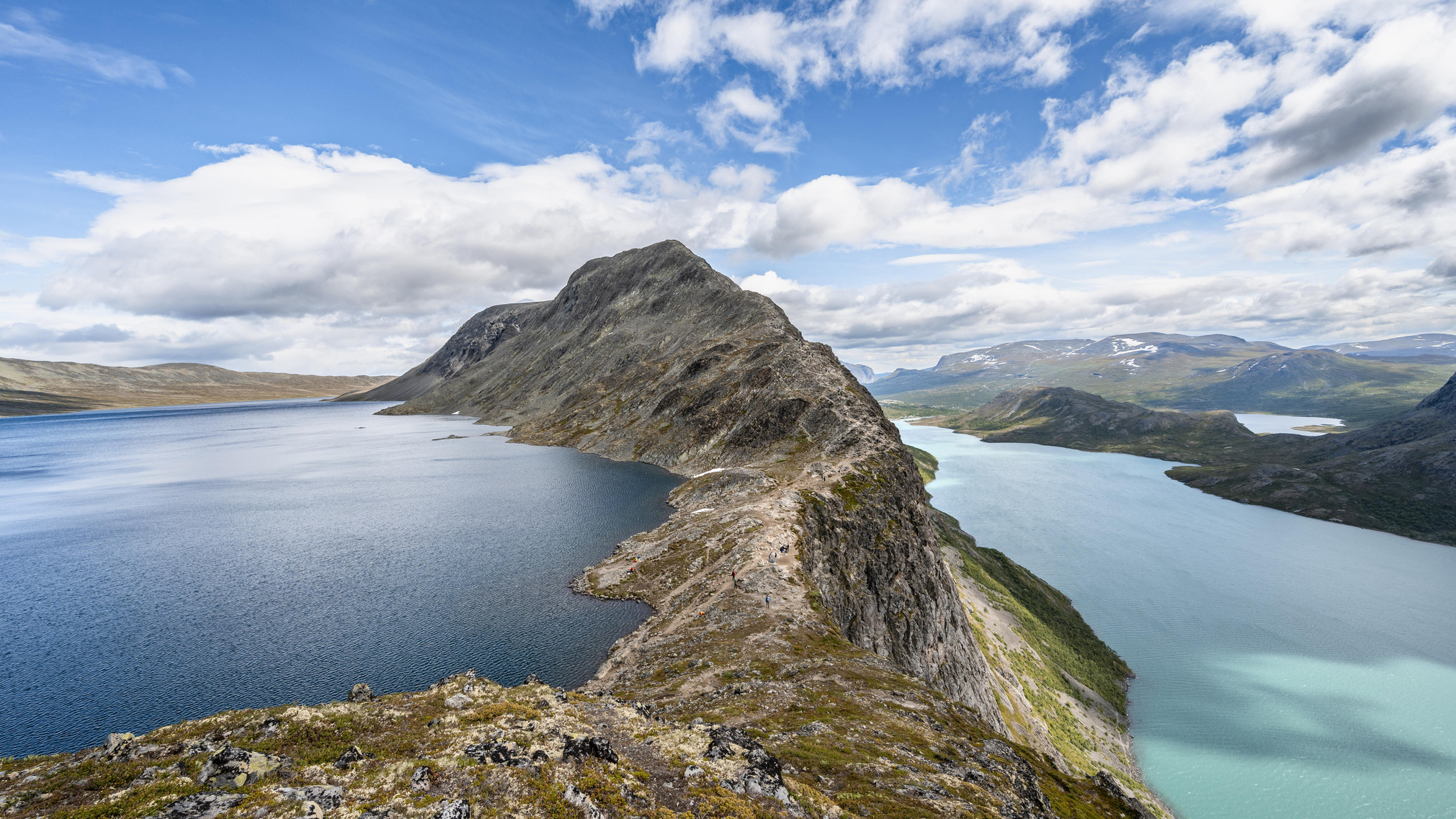
During the Romantic era of the late 18th century, the perception of mountains as hellish and inhospitable places began to change. Artists and poets began to explore these exciting places, displaying reverence to their natural beauty and the emotions that being among them stirred. Mountain landscapes become desirable, thought of as beautiful. Interest in them soared.
A word gathered momentum, one used to describe the feeling of traversing a narrow mountain crest, the airy sensation of nothing but air on either side of the walker, of the thrill of exposure. The word that describes these perverse pleasures, this mixture of awe, fear and excitement, is sublime, taken from the Latin sublimis for elevated or lofty.
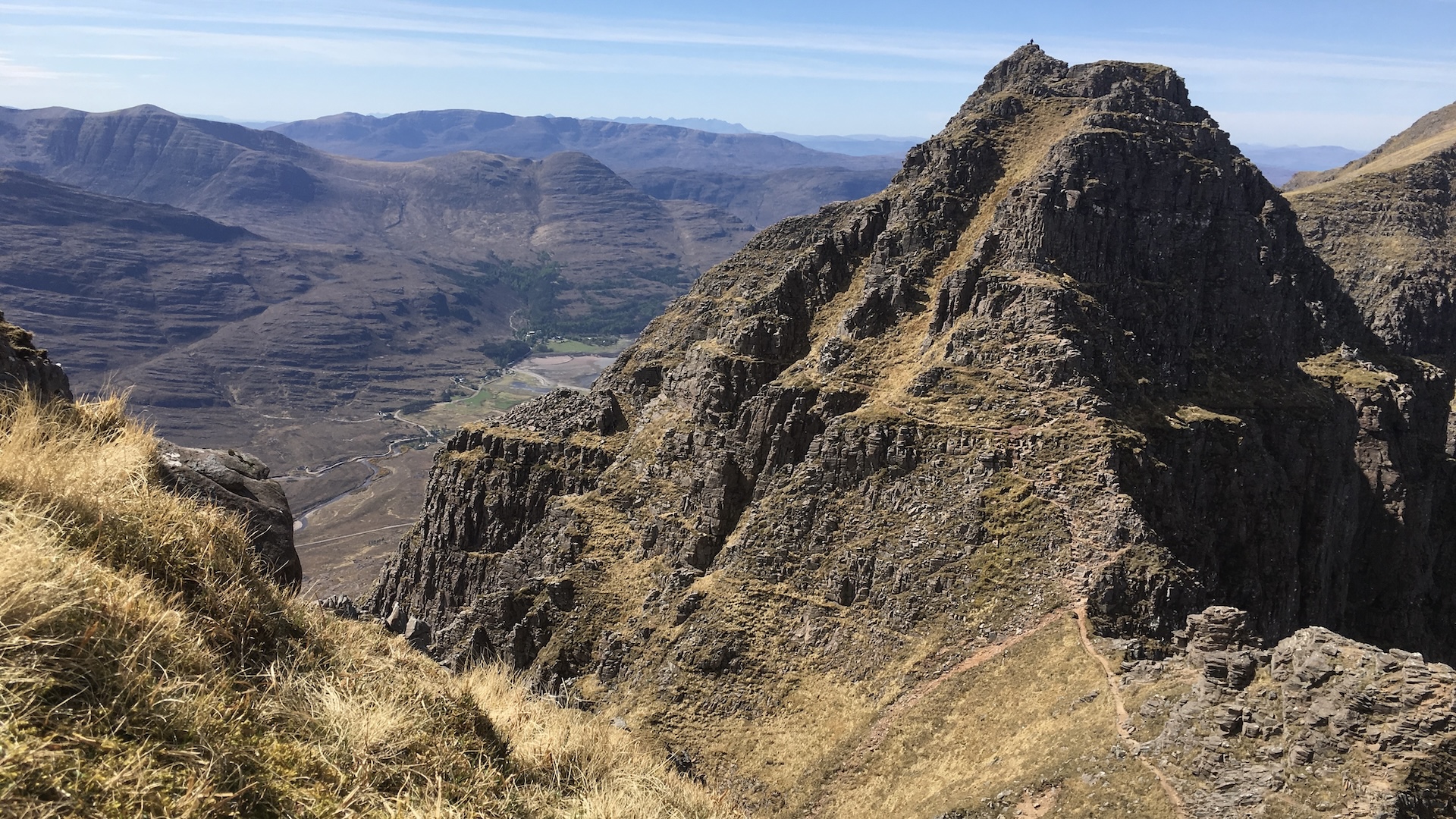
The sensations that sublime describes are highly sought after by many hikers, present company included. Nowhere else are these emotions delivered in such strong doses as on a ridge walk.
A ridge walk is any hike that seeks out a mountainous spine and follows it, staying high for a sustained period. The severity of these traverses ranges from hands-in-pockets bimbles to exposed rock scrambles verging on mountaineering. The very best ridge walks balance panoramic views with airy thrills, and are attainable by adventurous hikers without the need for climbing equipment.
Below we take a look at some classic ridge walks in North America and Europe. These are routes that are doable as day hikes and reveal stunning mountain scenery. It’s not necessarily a list of the “best” ridge walks around. There are far too many for that and, besides, what constitutes the best for one person will be different to the next. Rather, treat this celebration of some of our most unforgettable traverses as inspiration for your next ridge walk.
Classic ridge traverses in the US
Here are three classic traverses in the US, featuring adventurous hikes in Washington, Colorado and New York.
Rocky Peak Ridge
Location: Giant Mountain Wilderness, New York
Length: 15 miles/24km out and back
Elevation gain: 4,921 feet / 1,500 meters
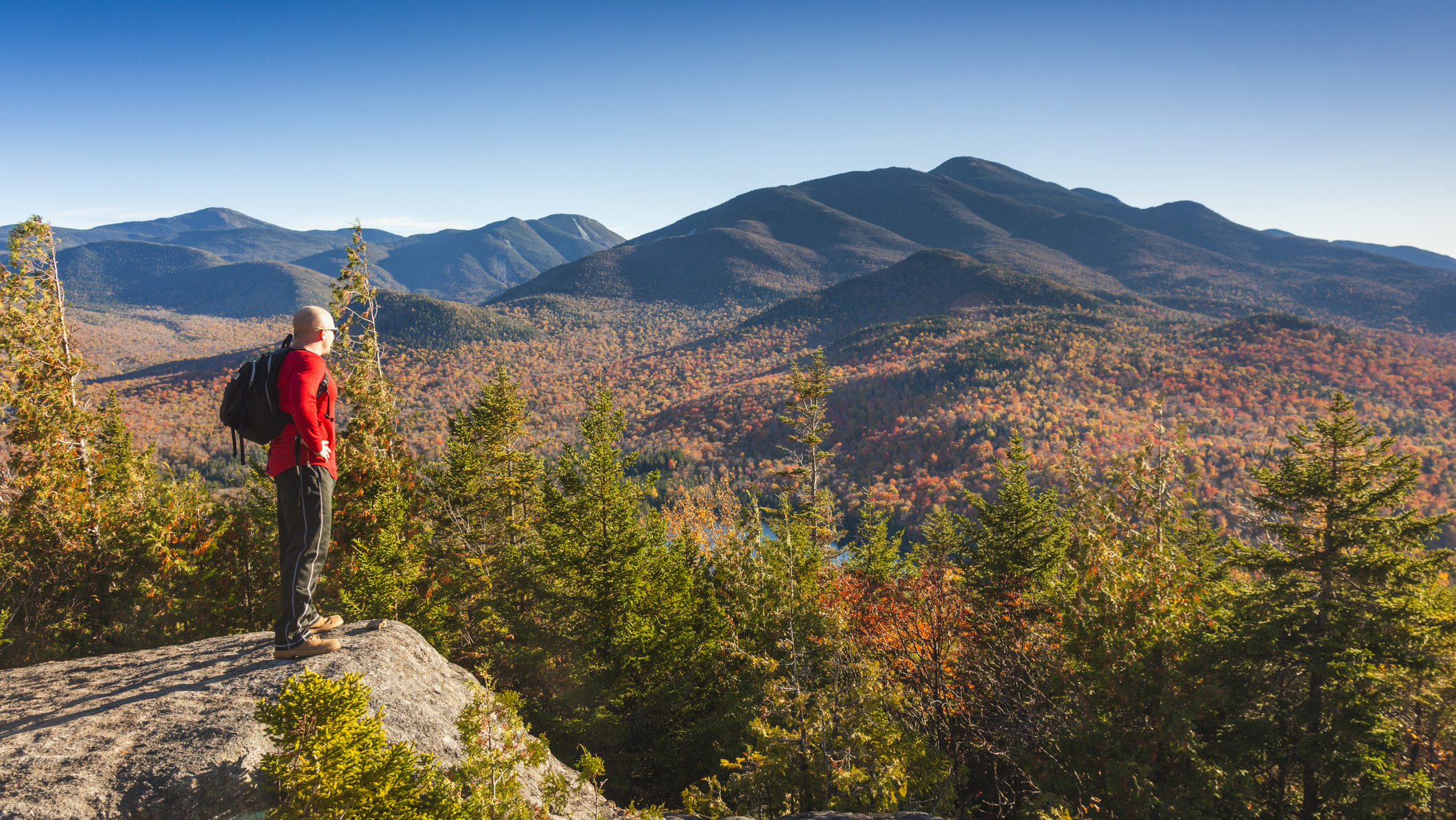
One of the most visually appealing hikes in the Adirondacks, what makes the East Trail on Rocky Peak Ridge so good is the prominence of the mountain’s crest, providing glorious panoramas across the range. Rock slabs provide some scrambling interest, while the views from the 1,350-meter summit are exceptional. Strong hikers may want to bolt on Giant Mountain, which is separated from Rocky Peak Ridge’s summit by a high col.
However you do it, this is one that you truly have to earn, with around 1,500 meters of elevation gain to contend with to unlock Rocky Peak Ridge’s secrets. This fact means that it’s a less popular objective than it otherwise would be, so you can expect a fair bit more solitude than on many other nearby classics. It’s a hefty 15 mile / 24 km out and back journey, though you can always split it up by camping at Mary Louise Pond, one of the highest campgrounds in the region.
Skyline Divide
Location: Mt. Baker-Snoqualmie National Forest, Washington
Length: 10.6 miles / 17km out and back
Elevation gain: 3,281 feet / 1,000m
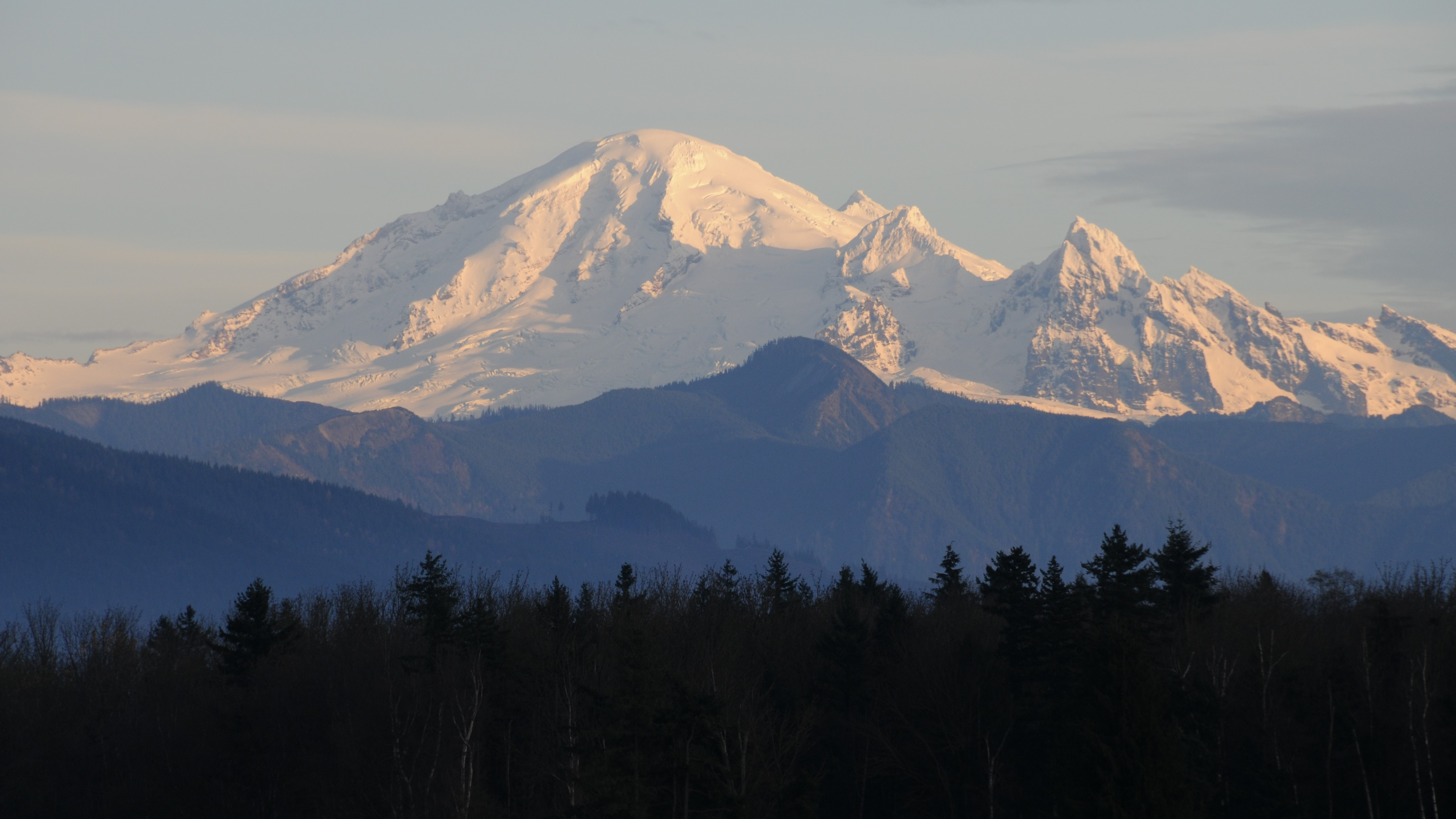
A ‘summertime paradise of unrivalled views’ and ‘Mount Baker’s best day hike’ – the Skyline Divide has a lot going for it. This beautifully named traverse provides knockout views of Mount Baker, an immense glaciated volcano that’s also Washington State’s third highest peak. It demands decent fitness but the rewards more than compensate the effort required.
It's not just the sight of Mount Baker that snares the eye from the trail. The North Cascades’ jagged tops pierce the sky, while Mount Shuksan flaunts its white robe, at once a vision of beauty and mountain might. And all this just an hour from Seattle.
Although the trail is currently open, reaching it has recently become more of a challenge, as the road to the trailhead is currently closed. Do your research before venturing out.
Quandary Peak East Ridge
Location: White River National Forest, Colorado
Length: 6.2 miles / 10km out and back
Elevation gain: 3,281 feet / 1,000m

Quandary Peak’s East Ridge is magnificent and one of the easier routes to a Colorado 14er, which makes it justifiably popular. The route to this striking dome, the highest in the Tenmile range, is just over six miles / 10km and features almost 3,280 feet / 1,000 meters of elevation gain, making it a challenge that’s within the capabilities of most hikers. In the winter months, it’s a great ski mountaineering objective.
Its popularity means that you can expect to share the route with many others during peak season. However, once the views to the neighboring ranges open up, as you traverse the broad crest, you’ll soon appreciate why so many hiking boots have passed this way.
Classic ridge walks in Europe
Here, we feature a quintet for superb ridge traverses in Europe, with two in Norway, two in Scotland and one in the Swiss Alps.
Bessgegen
Location: Jotunheimen National Park, Norway
Length: 8.7 miles / 14km point-to-point
Elevation gain: 3,600 feet / 1,100 meters
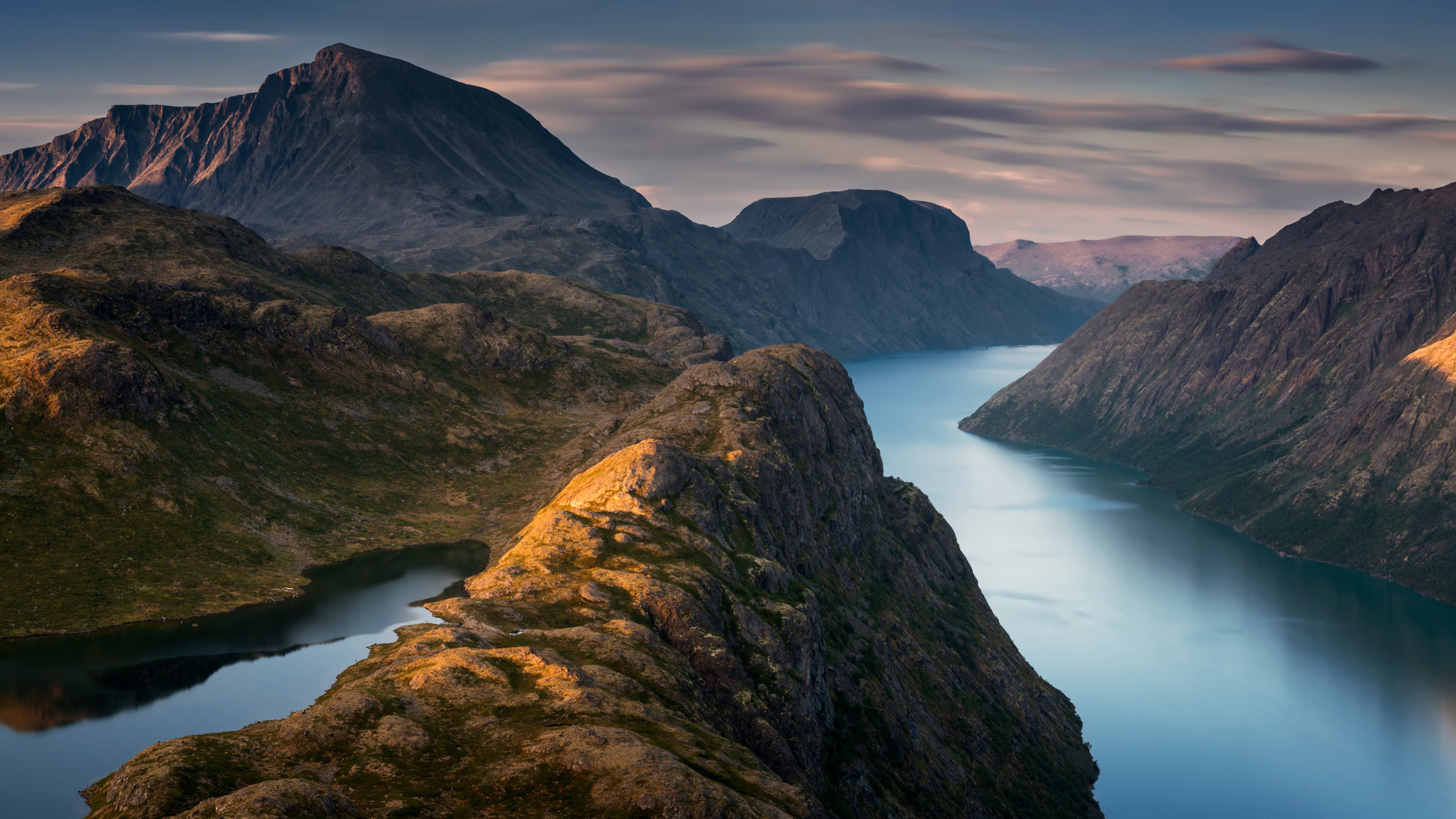
Jotunheimen National Park is home to Norway’s highest mountains and some of the nation’s most breathtaking sights. Jotunheimen means Home of the Giants and once you start exploring the region, it’s quite obvious why the national parks is named so. Its Besseggen traverse is an iconic hike, taking you on a 13-kilometer journey along an airy rocky ridge with a dazzling mountain lake below.
Arguably its most spectacular section is the narrow spit of rock that separates the high mountain lake of Bessvatnet with Gjende, the longer, lower lake that the ridge runs parallel to. This is one of the hike’s crux sections, along with two other steep rocky sections, though confident scramblers should have little trouble. As a precursor to the hike, many take the boat along Gjende from Gjendesheim, where the hike finishes, to access the start point at Memurubu.
Romsdalseggen
Location: Møre og Romsdal, Norway
Length: 6.2 miles / 10km point-to-point
Elevation gain: 3,281 feet / 1,000m
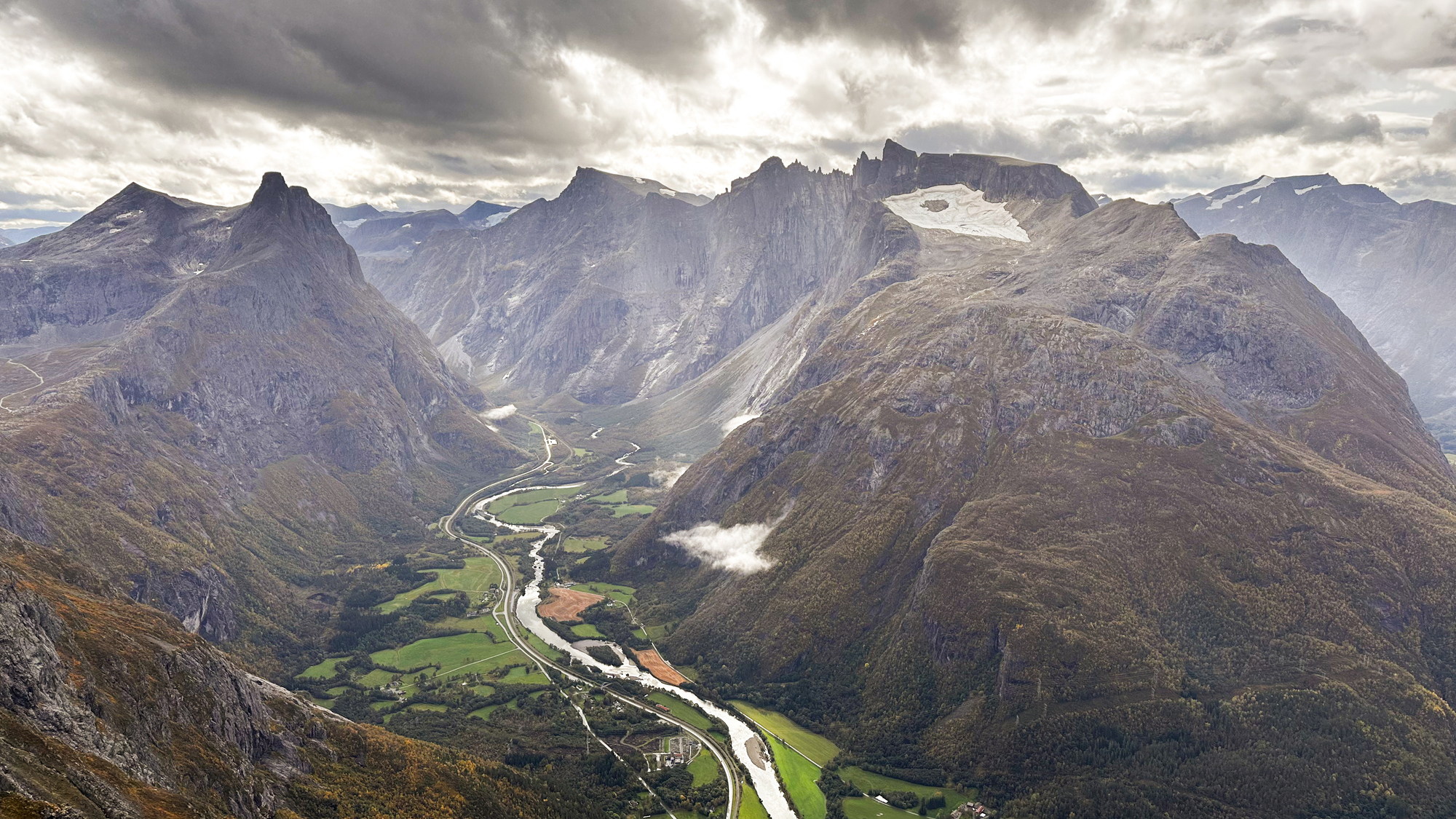
The headline for Åndalsnes on the Visit Norway website is enough to have mountain lovers Googling ‘nearest airport to Åndalsnes’ and searching for flights immediately. The Mountaineering Capital of Norway is home to sensational landscapes, the famous Trollveggen (Troll Wall) and also one of Europe’s most celebrated ridge walks. Plus, this is where Spanish ultra-running and mountaineering legend Kilian Jornet has chosen to live. If it’s good enough for Kilian, it’s good enough for me.
The Romsdalseggen rises high above the Romsdal Valley and provides magnificent ridge walk, with views across the region’s iconic peaks, such as the Romsdalhorn, Trollvegan and Venjestindane. Approximately 6.2 miles / 10km long and involving just under 3,300 feet / 1,000 meters of ascent, it’s not a massive undertaking, despite the scale of its surroundings. Given Norway’s northerly location, the route is only free from snow between July and September.
Aonach Eagach
Location: Glen Coe, Scottish Highlands
Length: 6.2 miles / 10km point-to-point
Elevation gain: 3,281 feet / 1,000m

Glen Coe is sometimes cited as the Spiritual Home of Scottish Mountaineering. It’s arguably Scotland’s most spectacular glen – it’s entrance guarded by the majestic Buachaille Etive Mòr and then, once you’re in the valley’s jaws, the Bidean massif’s Three Sisters tower to the south. To the north is a great, 2,950-foot / 900-meter wall, its top jagged and serrated, an intimidating prospect. This is the Aonach Eagach, one of Scotland’s finest ridge walks.
Though to call the Aonach Eagach – which means Notched Ridge in Gaelic – a walk would be underselling it. The traverse is a committing and entertaining grade two scramble that demands mountaineering skills and equipment in winter. However, in calm summer conditions, confident scramblers should have no trouble traversing its airy crest, which includes two Munros (prominent Scottish peaks over 3,000 feet) and a particularly nerve-wracking section called the Crazy Pinnacles.
Meet the expert
Liathach
Location: Torridon, Scottish Highlands
Length: 7.2 miles / 11.5km loop
Elevation gain: 4,200 feet / 1,280 meters
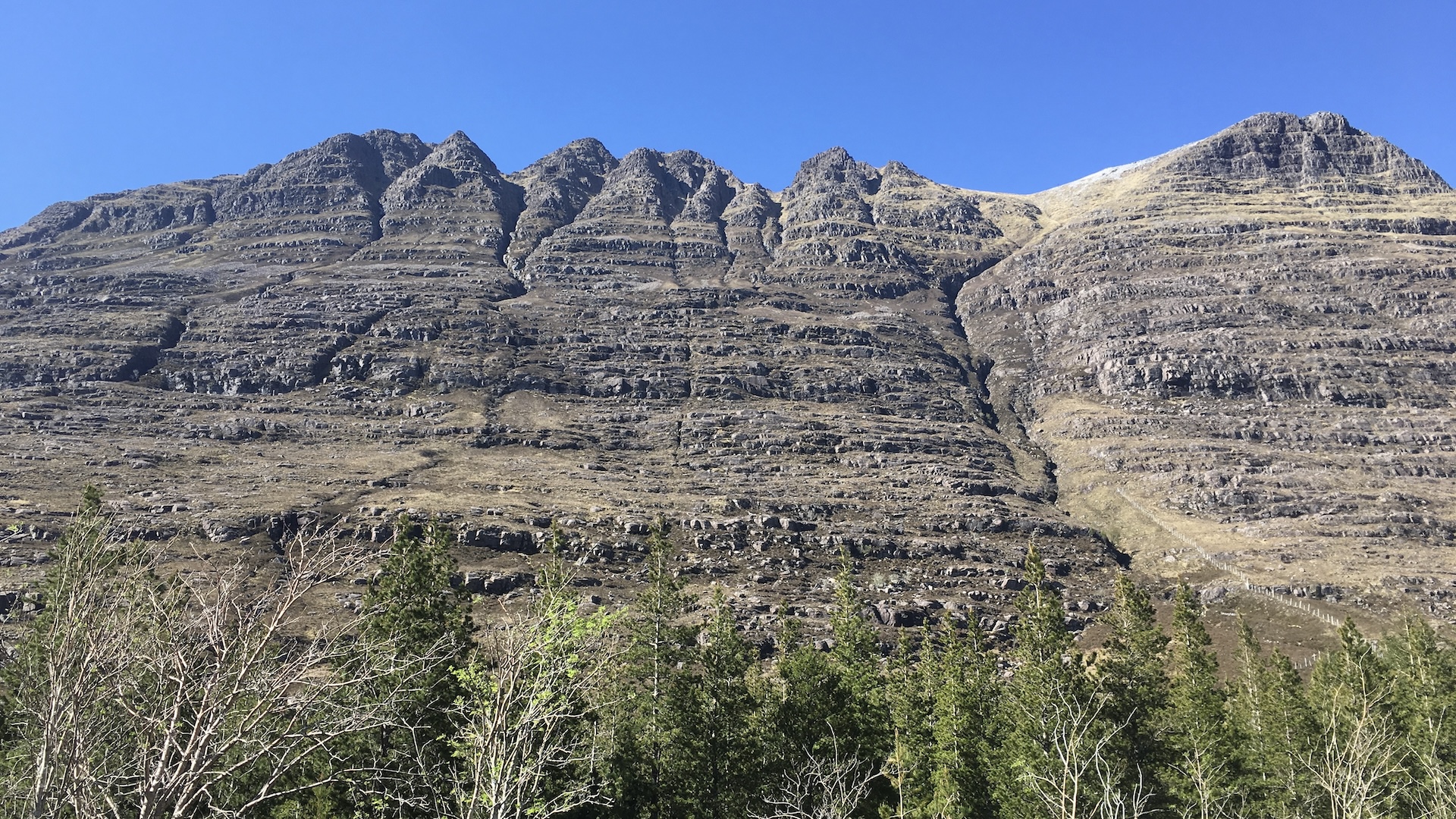
Scotland's Torridon region is simply magical. Here, standalone mountains, each unique in form and character, rise sheer above the valley, their foundations some of the oldest rock on Earth. Three of the region’s mountains are particularly celebrated: beautiful Beinn Alligin, sprawling Beinn Eighe and, most mighty of all: Liathach. This monstrous massif is undoubtedly one of the finest mountains in the UK.
The traverse of Liathach is comparable in difficulty to the Aonach Eagach, though the scrambling is perhaps not quite as sustained. Two Munro summits, the mighty quartzite dome of Spidean a’ Choire Lèith and the corrie-bitten castle of Mullach an Rathain, are separated by the Am Fasarinen Pinnacles, where most of the scrambling is found. Crossing the serrated pinnacles, is an airy and enthralling experience, one that confident scramblers will remember for the rest of their lives.
Hardergrat
Location: Bernese Oberland, Switzerland
Length: 14.3 miles / 23km point-to-point
Elevation gain: 8,860 feet / 2,700 meters

Fancy a classic alpine ridge walk with views of the Eiger, Mönch and Jungfrau? Then look no further than the Hardergrat.
Interlaken, sandwiched between two lakes (its name literally means Between lakes), is one of Switzerland’s premier resort towns. The lake to the town’s northeast, Brienzersee, is dominated by a parallel ridge above its northern shore, a ridge that builds to a climax on the Brienzer Rothorn at its eastern end.
Known generally as the Hardergrat, this ridge makes for a hugely rewarding and at times precariously narrow traverse. It’s the section that's technically known as the Brienzergrat, between the Tannhorn and the Brienzer Rothorn, that’s the most entertaining. The Tannhorn, in particular, is a real highlight. This stunning pyramid serves up challenge, exposure and entertainment in equal measure.
Taken as a whole, the traverse is 24 kilometers (~15 miles) long and involves a not-insignificant nearly 9000 feet / 3,000 meters of elevation gain. An early, if not alpine, start is de rigueur, as is solid hill fitness. The need to catch the train at the Brienzer Rothorn makes missing it at the end of an exhausting day not worth thinking about.







